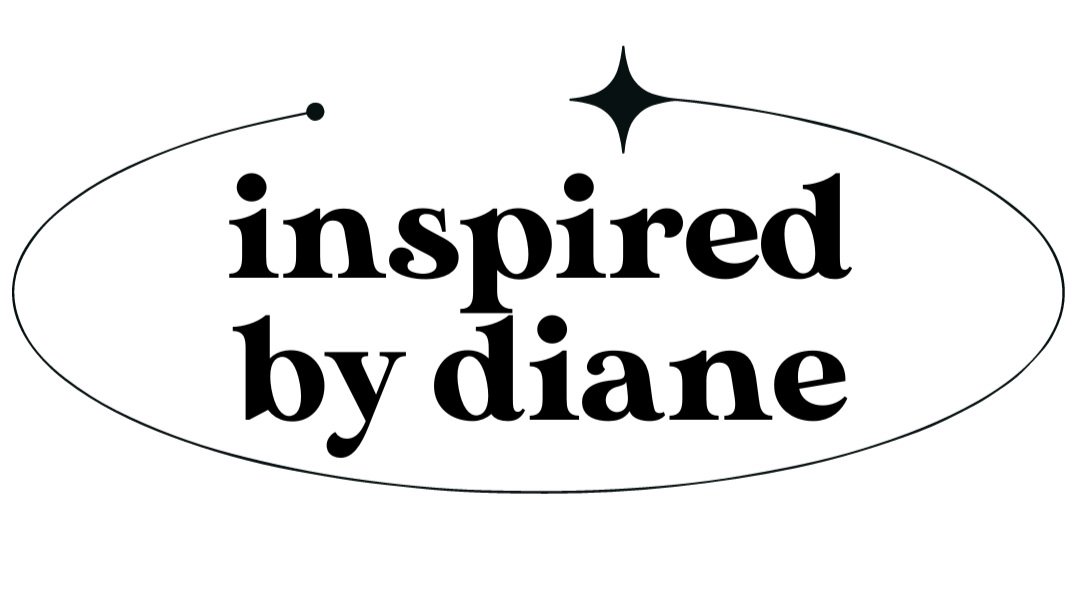Exploring the “Third Place” Theory
As humans commute from place to place, some of those places might become more frequent in one’s life journey & become a staple in that person’s life. One person might have many places that they might call their own — places that they feel comfortable being in…places that feel like home.
When we were kids, we knew places like “school”, “home”; maybe “friend’s house” or “grandma’s house” — but there were always more than two places you would visit on a frequent basis. As we grow up from kids into young adults, our places might start to look like school/home/library or work/home/coffee shop. Whatever the balance is, there are more than just two places that one person can frequent and call their “place”. After doing some scrolling on TikTok, like most of us do, I came across a TikTok talking about the Third Place theory, and how the theory can exist without people knowing its’ existence, but also very easily apply it to their own lives.
Lately, I have been asking my friends, colleagues, coworkers and family what they believe their “third place” would be, and the results were unique as the people I asked. Before we delve into the answers of the people in my life, let’s discuss some research behind the Third Place Theory, and who theorized it.
After doing some of my own research, I came across an article from Project for Public Spaces, about Ray Oldenburg. You might be asking yourself, “who is Ray Oldenburg?”, and I didn’t know who he was either, but now I am glad to get to know a little bit about him and his theory.
“Ray Oldenburg is an urban sociologist who writes about the importance of informal public gathering places. In his book The Great Good Place (1991), Oldenburg demonstrates how and why these places are essential to community and public life, arguing that bars, coffee shops, general stores, and other "third places" are central to local democracy and community vitality. In exploring how these places work and the various roles they serve, Oldenburg offers Placemaking tools and insight that can be useful to individuals and communities everywhere.”
According to the article, there are three (3) realms that can be broken down:
Home
Work
Community
Of course, the Third Place Theory doesn’t limit one to just three places — it can be as many spaces as one is surrounded by/has access to. And what do Third Places do for us? As covered in the article, the book advises the following:
Promote social interaction
Enhances creativity
Fosters a sense of belonging
Supports personal growth
Strengthens communities
Now that we know what Third Places are and what they do for us, there are a couple challenges that one can face, and not even know it is related to this theory. Oldenburg explains that for one, the digital world makes it harder for people to find a third place to call home, as physical places are now turning into virtual spaces and online communities. Which isn’t entirely a bad thing — it’s just something different. Additionally, one must first find the balance between home and work, in order to seek out more places to retreat to. Lastly, Third Places can change constantly with time and social dynamics. We are not always going to have these physical/virtual spaces available to us at all times, so we must be flexible at humans and “nest” where and when we can. One statement mentioned in the article that truly struck me was this:
“To preserve and expand these vital spaces, communities and individuals must recognize their significance and actively support them.”
The concept of the Third Place Theory did not even come across my mind until I saw a few TikToks on my feed, discussing what it is and why it is important to protect these Third Places. With that capsule of knowledge about the Third Place Theory, let’s get into some examples that I was able to obtain from different walks of people in my life:
Grandparent’s house
Getting my eyelashes done
Coffee shops
The gym
My church
Nature Walks
The hockey rink
Weekly dinner with Mom
One of the main things I want you to grasp is that Third Places do not have to be permanent, and you are not limited to only three. These places that we call our “second home” or “our place” serve a purpose in refilling our energy reservoirs, so that we can go out into the world and attend to the places that beckon responsibility. It is a nice escape to go somewhere else and recharge, because if we do not recharge and provide love and compassion to ourselves, how are we expected to do so for others? I encourage anyone reading this blog post to thing to themselves what other places they consider home, or just a place of solace and rejuvenation. These do not only have to be places to escape to — they can also be activities, or people to see. That is the beautiful thing about theories; you can apply them to your life as it fits.
I would love to know what your “Third Places” are in the comments below and thank you very much for reading this post. I hope you gained some new insight into a new topic.







